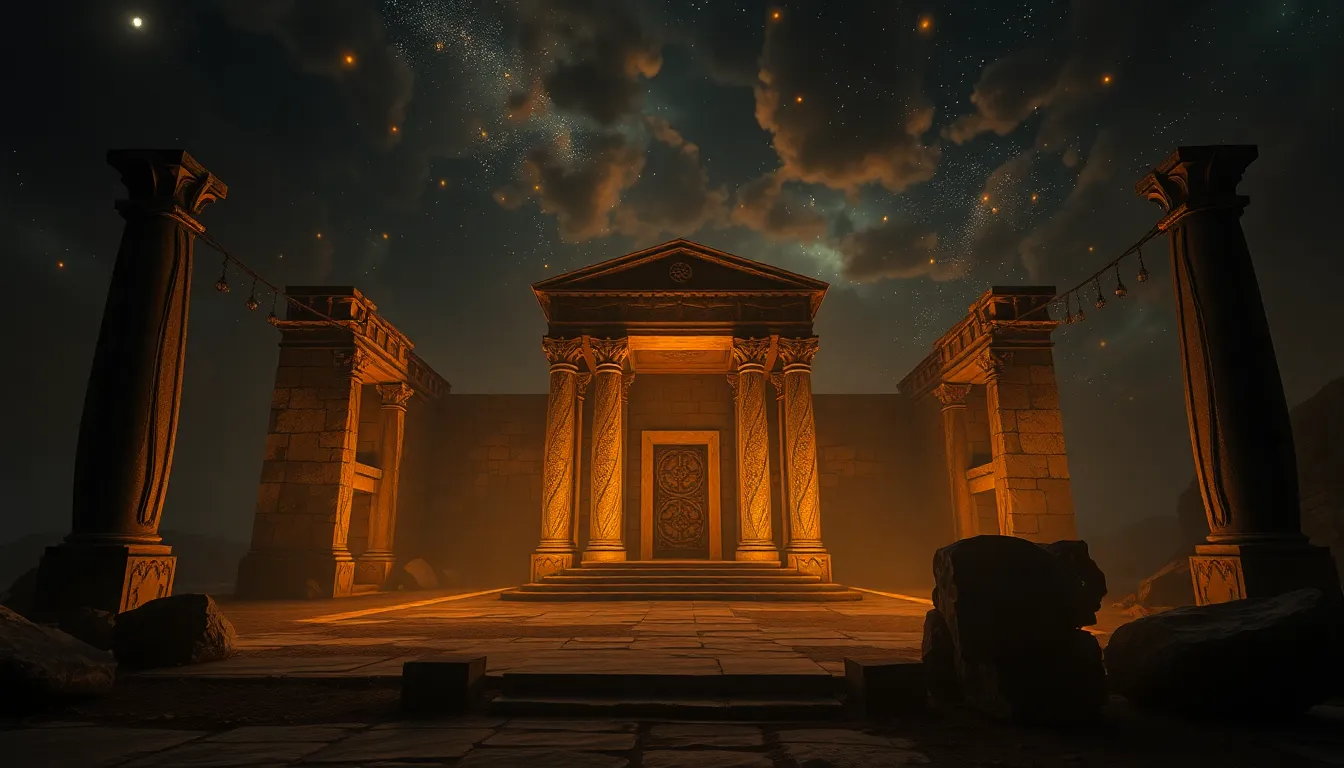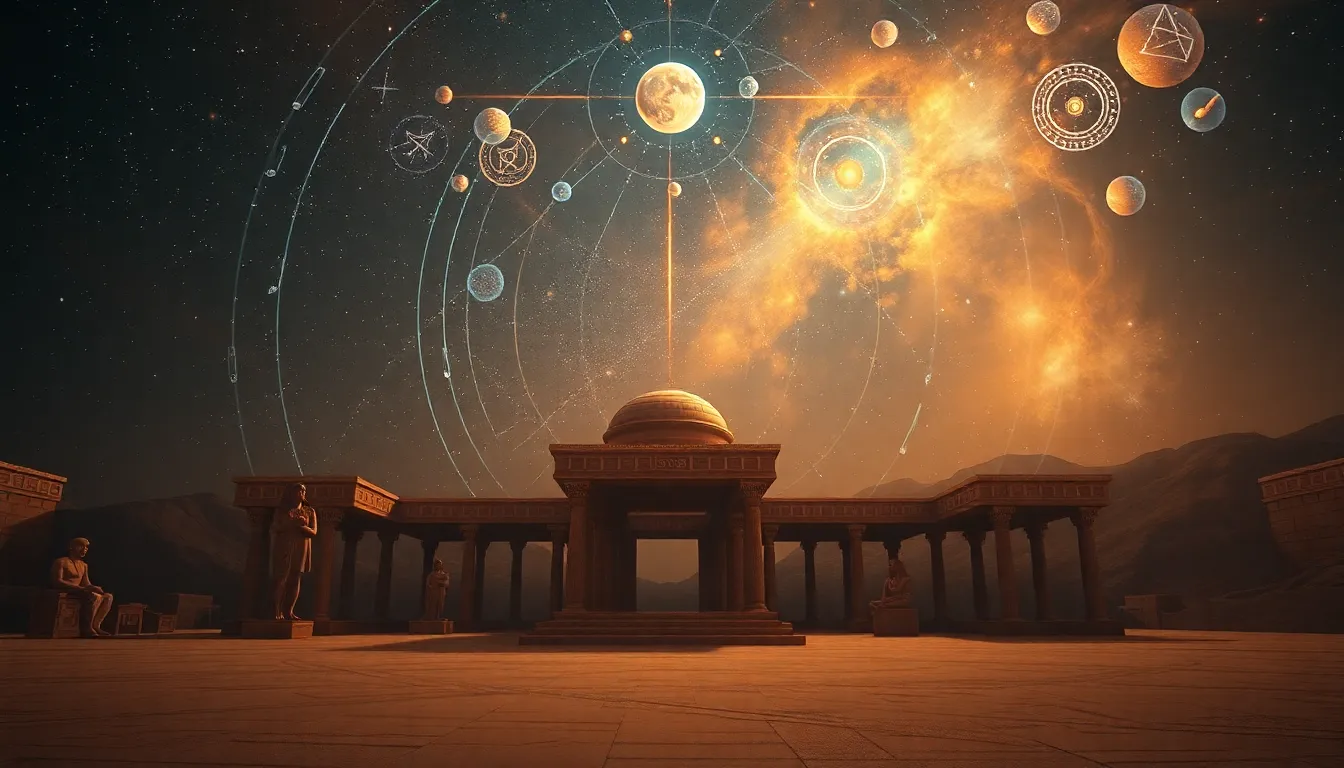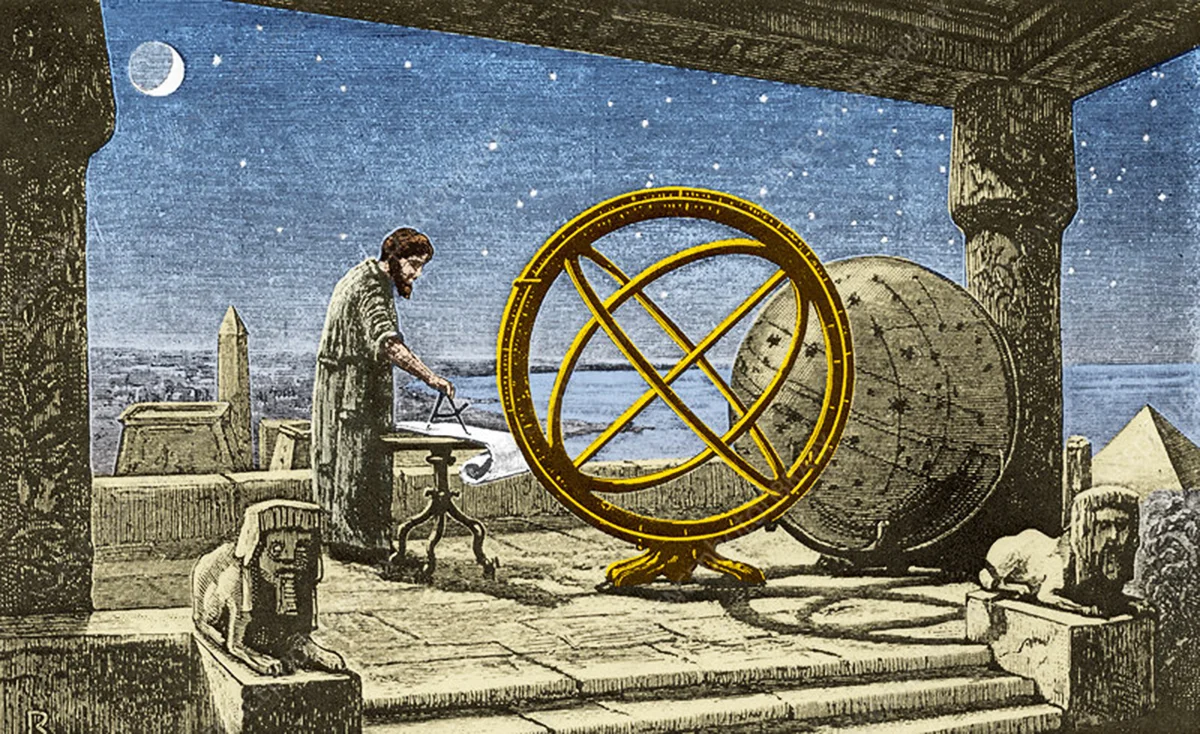Ancient Temples of Sound and Stars
Across the ancient world — from Egypt to Mesoamerica — we find ancient temples sound stars harmoniously linked through architecture, vibration, and cosmic alignment. These monuments were not only sacred spaces; they were precise instruments designed to connect Earthly resonance with celestial movement.
The ancients may have understood something we are only rediscovering: that sound and starlight form part of the same universal symphony.
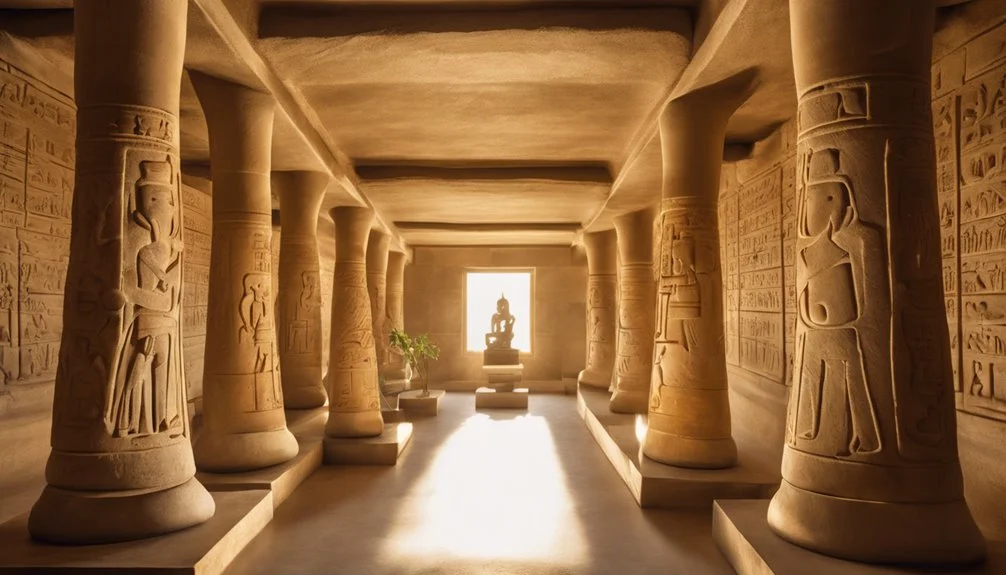
Resonant Stones and Sonic Geometry
Many ancient temples were designed with precise mathematical ratios — the same harmonic intervals that govern music. The Great Pyramid of Giza, for instance, resonates at 432 Hz, a frequency long associated with natural harmony. Inside its chambers, voices and chants create standing waves, amplifying certain tones while dampening others.
In Megalithic Malta, the Hypogeum of Ħal Saflieni displays perfect sonic resonance at 110 Hz — a frequency proven to influence human brain activity. Tests show that deep male voices can make its walls hum like an instrument.
Was this merely coincidence? Or did ancient builders intentionally engineer resonance to induce trance, healing, or spiritual connection?
Temples Tuned to the Cosmos
Sound and stars may seem like separate domains — yet in ancient architecture, they meet. Many sacred sites show dual alignment: celestial orientation and acoustic precision.
In Chichén Itzá, clapping at the base of the pyramid of Kukulcán produces an echo resembling the chirp of the sacred quetzal bird — a sonic phenomenon replicated intentionally by its builders.
Meanwhile, in Abu Simbel (Egypt), the temple of Ramses II was carved so that, on two specific days each year, the sun’s rays penetrate deep into the sanctuary, illuminating the statues within — while chants and hymns would fill the chamber in acoustic harmony with the light.
These alignments suggest that the ancients understood sound and light as manifestations of the same cosmic order.
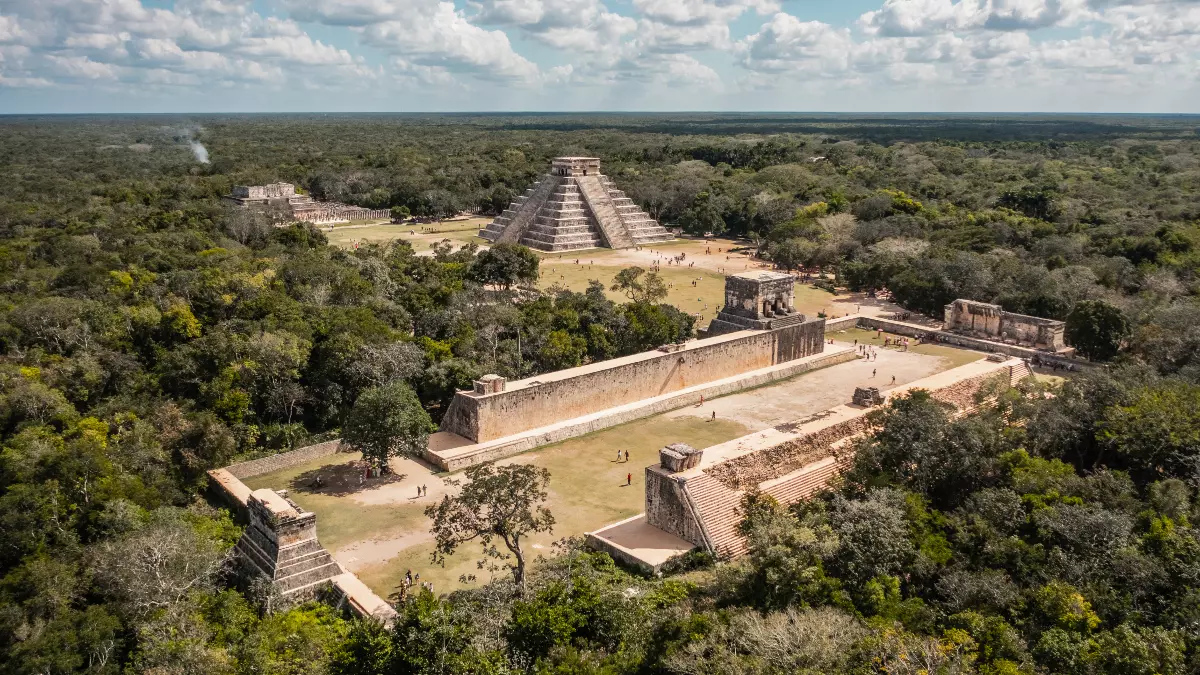
Vibration, Frequency, and Ancient Knowledge
The idea that vibration underlies reality is not new. Ancient mystics and scientists alike — from Pythagoras to Vedic sages — believed the universe was born from sound, a cosmic vibration known as Om, or the Music of the Spheres.
This concept seems embedded in architecture itself. Temples in India, such as Ellora and Brihadeeswarar, contain resonant domes that amplify chants with perfect feedback, turning sound into energy. Similar acoustic effects are found in Angkor Wat and the Minoan Palace of Knossos, where resonance points correspond to solar or lunar markers.
Could these structures have functioned as vibrational amplifiers, enhancing spiritual states and connecting the human body — itself a resonant instrument — with celestial cycles?
Sound, Memory, and the Stones
Acoustic engineers have noted that limestone and granite, materials favored by ancient builders, contain high levels of quartz — a crystal known for its piezoelectric properties. When vibrated, quartz can store and transmit energy.
It raises a fascinating possibility: were ancient sites built to record or transmit vibrational information? Could sound have been a tool of both communication and memory — a way to encode knowledge into the very material of temples?
Scholars such as Robert Schoch and John Anthony West have long argued that these sites may have preserved remnants of a forgotten science — one that merged architecture, sound, and the cosmos into a unified discipline.
A Universal Language of Resonance
From Göbekli Tepe’s carved pillars to Stonehenge’s echoing rings, there seems to be a universal principle: that the cosmos speaks in frequency, and the ancients listened.
If they believed everything vibrated — from atoms to stars — then aligning temples to both celestial rhythms and sonic harmonics wasn’t ritualistic theater. It was a scientific-spiritual synthesis: an attempt to resonate with the universe itself.
Perhaps these monuments weren’t built just to honor the gods — but to recreate the voice of creation.
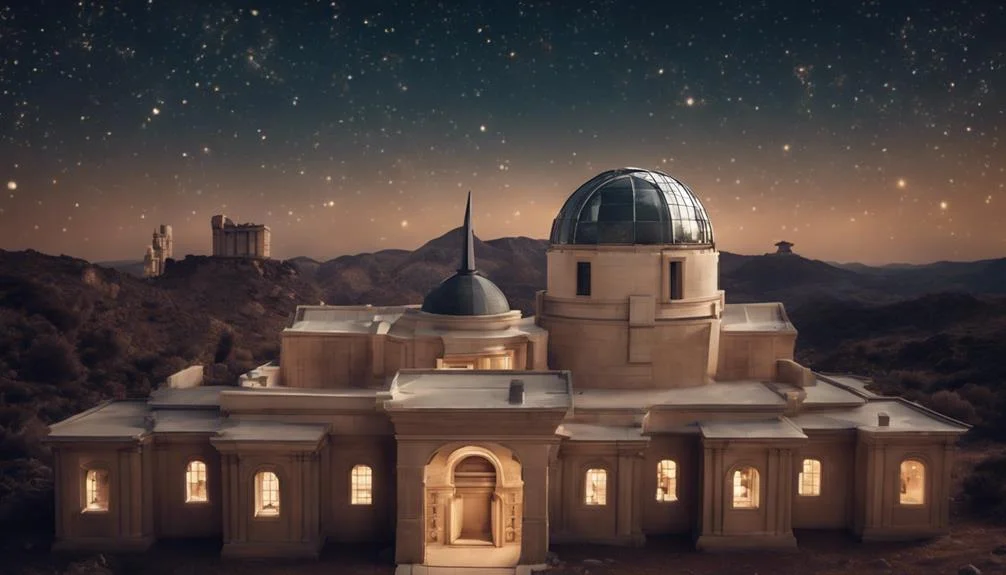
Key Concepts
-
Ancient temples sound vibration stars as core unifying principle
-
Resonance used as tool for spiritual or scientific purpose
-
Dual alignment: astronomical and acoustic precision
-
Possible piezoelectric recording in stone
-
Knowledge of harmonic frequency predates modern science
Questions for Reflection
-
Could ancient builders have used sound as technology, not just ritual?
-
Were these acoustic temples part of a lost science of frequency and geometry?
-
How might resonance explain the “energy” people still feel in sacred sites today?
-
Did cataclysms erase a deeper understanding of vibration and cosmic balance?
Additional readings
-
Celestial Architects: How Ancient Builders Measured the Stars
-
Schoch, R. M. Voices of the Rocks (1999)
-
West, J. A. The Serpent in the Sky (1979)
-
Hancock, G. Magicians of the Gods (2015)
-
Scientific America – “Resonance in Planetary Systems”
-
Smithsonian – “The Acoustics of Ancient Temples”

